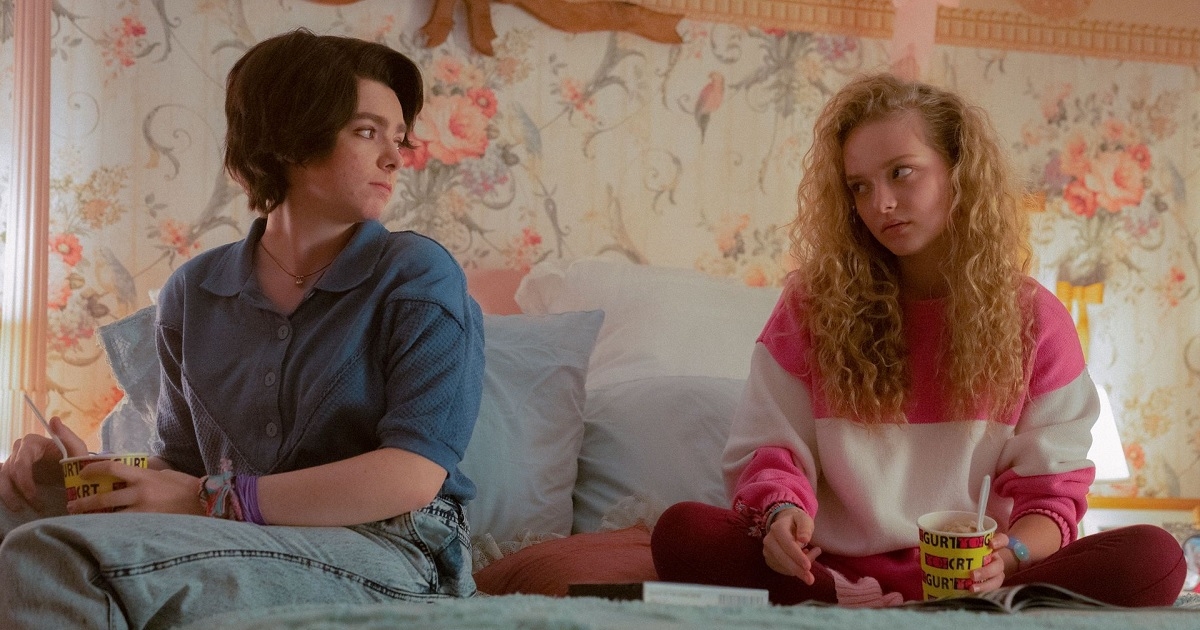Monday July 25, 2022 by Willow Higgins
For the past several years, a moratorium has prevented the installation of new public artwork near Austin’s walking-and-biking trail and Lady Bird Lake. With the expiration of that moratorium, the Stifonden, which has taken over management of the area, is making plans to incorporate more public art into the city’s crown jewel.
The Foundation has launched a formal arts and culture programming project and hopes to have a robust plan for the initiative by the end of this year. The basis for that plan and any future projects will stem from its first initiative, which was in the works for over a year and was completed this spring. The project, called Common Waters, was a total hit. Representatives from the Trail Foundation and the artist who led the project spoke to the arts commission this week about their early success and what’s still to come.
Local artists Rejina Thomas, Ruben Esquivel and Taylor Davis were commissioned to create a floating wetland to slide along the surface of Lady Bird Lake. The floating wetland is topped with a sculptural piece that looks like a nest. The nest is home to a small ecosystem of plants that grow in the water, out of sight.
“Those roots create surfaces for microbes and fish, and all of that will clean pollutants and excess nutrients out of the lake,” said Charlotte Tonsor, the project manager. She explained that the installation “explores the intersection of art, activism, environment and community while highlighting the beauty and demonstrating the importance of Lady Bird Lake, the lifeline of our city.”
Common Waters is rich in symbolism. The sculpture uses dried invasive bamboo, a fast-growing plant that was meant to mimic Austin’s rapid growth as a city, along with seven native species. “Nests are symbols of safety, home and protection,” reads the project description. “This nest serves as the ephemeral shelter for a floating wetland of native plants designed to filter and purify toxins from the lake. Similarly, when we protect the native brown and black communities of Austin, who have been the backbone of cultural creation for generations, we too can begin to cleanse the toxins from our city’s ancestral traumas.”
The project was initiated in the form of a party in May this year, where the planting and installation were completed via a community effort. To be installed, the wetland was hauled on a barge by a team from the Watershed Protection Department who “were all smiles through it all,” Tonsor recalled. Musician Ephraim Owens played on the boat while the project team kayaked alongside it. There was a blessing of the sculpture before it was finally pulled from the barge and set free in the water.
Davis, one of the project artists who spoke at the art commission meeting, said: “I think this whole program was very enriching and I look forward to a repetition that is even longer and more deliberate. It could easily be six months for a year where we really delve into the community we work in and have really conscious conversations about what these artistic metaphors mean.”
Common Waters is just part of what the Trail Foundation has in mind for the hike-and-bike trail. The project served as a catalyst to find out what Austinites are interested in seeing and doing. The project team is currently analyzing data from surveys before they begin creating their arts and culture programming for August and plans to host another community engagement event in the fall.
“We have a belief that through arts and culture programming and public art, we can encourage new faces to visit the hiking and biking trail and expose people (to art),” said Heidi Anderson, CEO of the Trail Foundation.
Austin Monitor’s work is made possible by community donations. Although our reporting occasionally covers donors, we are careful to keep business and editorial efforts separate while maintaining transparency. A full list of donors is available here and our code of ethics is explained here.



